Remote teams that work on dependent products face resource crunches and delays. When several teams work on interrelated projects, the chances are high that they will soon end up meeting at some point where they have to wait for resource release from another team or teams.
For instance, when team A wants an update to an app currently maintained by Team B, they would want to automatically access the latest version of the app whenever a new bug is fixed and an update is made. A simple single-tenant cloud solution may not be the right fit here.
You would need the help of a scalable multi-tenant solution to make software deployments, testing, and development work seamlessly, no matter how big or small your teams would be. Here is a brief guide on how you can make the best use of multi-tenancy for increased productivity and efficient workflow in your team.
What Is Multi-Tenancy?
A tenant, in simpler terms, is a customer making use of cloud resources. Every single user of cloud software or hardware can be called a tenant. Tenancy in cloud computing can be easily compared to the real world tenancy where a tenant leases out a house for a certain period.
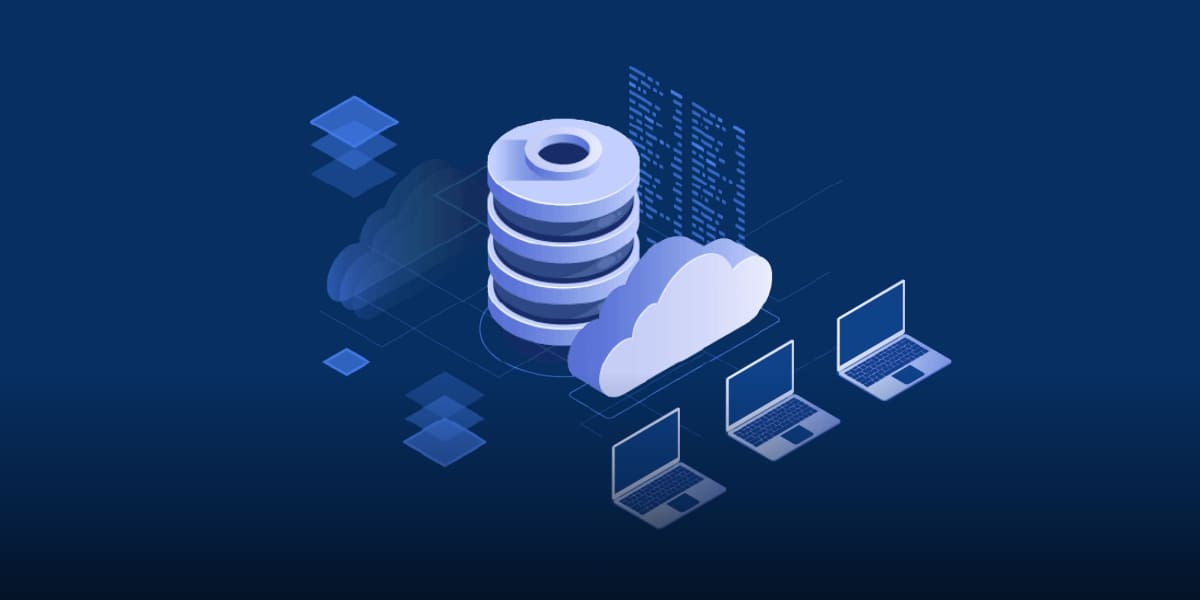
When a single-tenant uses cloud resources, only they have access to the computing systems and software. But real teams don’t work that way. As a matter of fact, every developer and tester, who is a part of the team would need access to the resources as well.
For instance, all developers would need their own sandboxed environments to develop, test, and deploy applications without waiting for another developer to release the resource, hence why multi-tenancy comes into the picture. Multiple customers are allowed to share the same computing resources in a multi-tenant environment without having to share data.
Single Tenant Vs. Multi-Tenant
Single-tenant environments are very limiting in their scalability and applications. When restricted to a single tenant, resources cannot be shared easily, and thus the very essence of cloud computing would get lost. Multi-tenancy allows teams to take full advantage of the resource sharing model of cloud computing resources without worrying about data leaks.
Users can use the same cloud resources in their own space, just like how multiple tenants can have their own rooms in a house. They can continue to use the resources as if they are working on them all by themselves without being aware of each other.
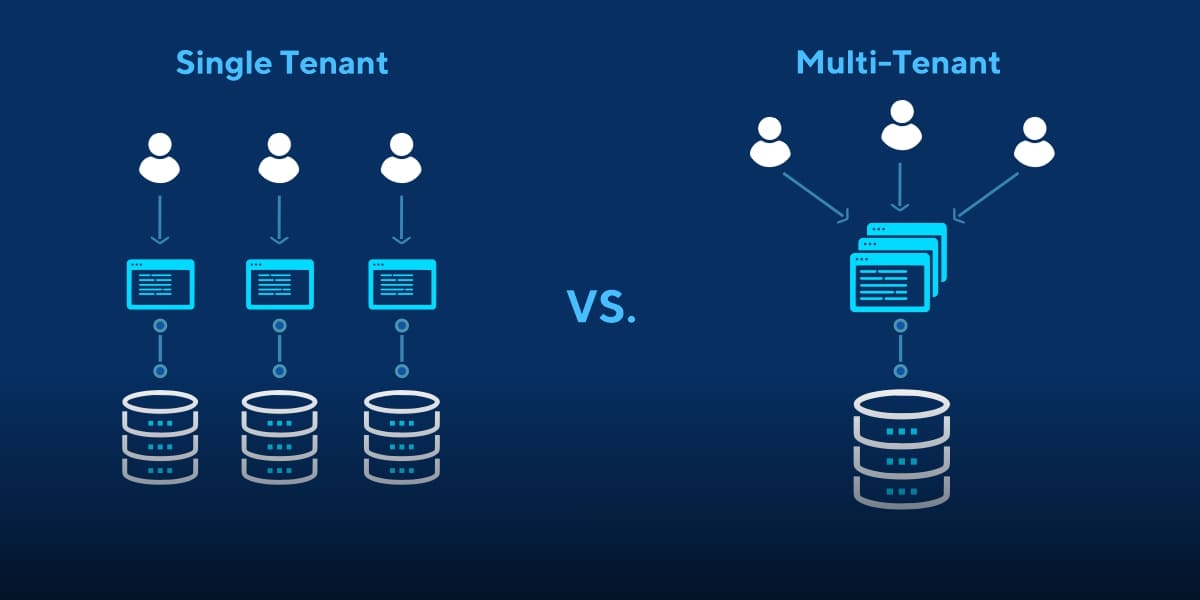
Data is completely isolated for each user, thus allowing remote teams to work simultaneously. The entire cloud infrastructure is shared across multiple users, making it the best practical way to take full advantage of cloud solutions, unlike a limited single-tenant environment. Here, we have listed some of the benefits of multi-tenancy:
Make Best Use Of Resources
Multi-tenancy environment allows you to make full use of the computing power of a shared machine.
Lowered Costs
When multiple users can share a single resource, the cloud provider will provide the services for multiple users at a reduced cost.
Easy To Manage
The cloud provider will take care of the resource allocation, maintenance, and upgrades required.
Customer Support
Multi-tenant cloud solutions can offer better service and support as they deal with many customers and have a good deal of expertise.
Scalability
Multi-tenancy allows teams to scale down and scale up with ease. You don’t have to worry about creating and assigning dedicated resources to each of your newly added teammates. Everything will be taken care of automatically by the multi-tenant solution. Similarly, removing a tenant also becomes a worry-free, simple task.
Easy API Integration
Multi-tenancy environments allow easier service integrations and faster access to all the latest updates in software and hardware resources.
Easy To Configure
Configuring a specific tenant like specifying varying access levels, app permissions, resource allocation can all be made effortless with a multi-tenant solution. It can greatly reduce the complexities of your employee onboarding process.
Possible Disadvantages Of Multi-Tenancy
While multi-tenancy is a praiseworthy need of the hour for remote teams, you do need to be aware of its limitations to make it work for you.
Security
A multi-tenant environment is much more vulnerable to cyber-attacks than a single-tenant system due to the multiple access points. You will have to keep a close watch on the network for any suspicious activity and make sure your team has the necessary security training.
Backup And Restore
While multi-tenant systems do have back up options, they are not as resilient and robust as single-tenant systems are.
Concurrent Issues
Sometimes, core changes made to a particular resource can affect all the tenants, especially during system upgrades or updates.
How Can You Leverage Multi-Tenancy For Your Team?
Most public cloud providers implement multi-tenancy in the form of shared software instances. They serve an instance of the software depending upon the specific metadata pertaining to each tenant. Users are allowed to set permissions and access levels to isolate their operations from each other.
A simple example of this kind of shared multi-tenancy would be the document storage cloud drives. In the case of IaaS and PaaS services, multi-tenancy is usually implemented in container applications. Each container is designed to a self-contained bundled software, system libraries, settings, and more required as required by the tenant.
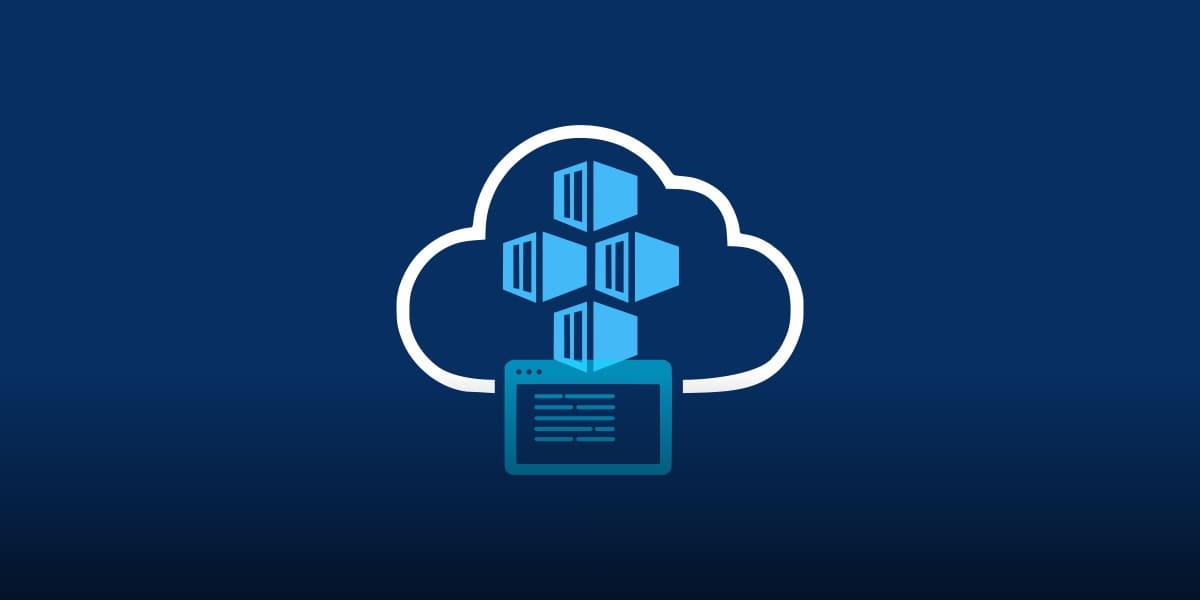
The containers act as isolated user spaces and run as if they are the only system running on the host machine. This allows multiple users to use the same host machine and run their applications in isolated containers. Similarly, the entire private cloud infrastructure can be shared across companies to make the maximum use.
The Wrap Up
All in all, opting for multi-tenancy lets you take full advantage of cloud services, saves you time, cost, and increases your team productivity. If you are looking for the best multi-tenant cloud solutions for your teams and company, VirtualMetric is here to help you out. Contact us today to learn more.


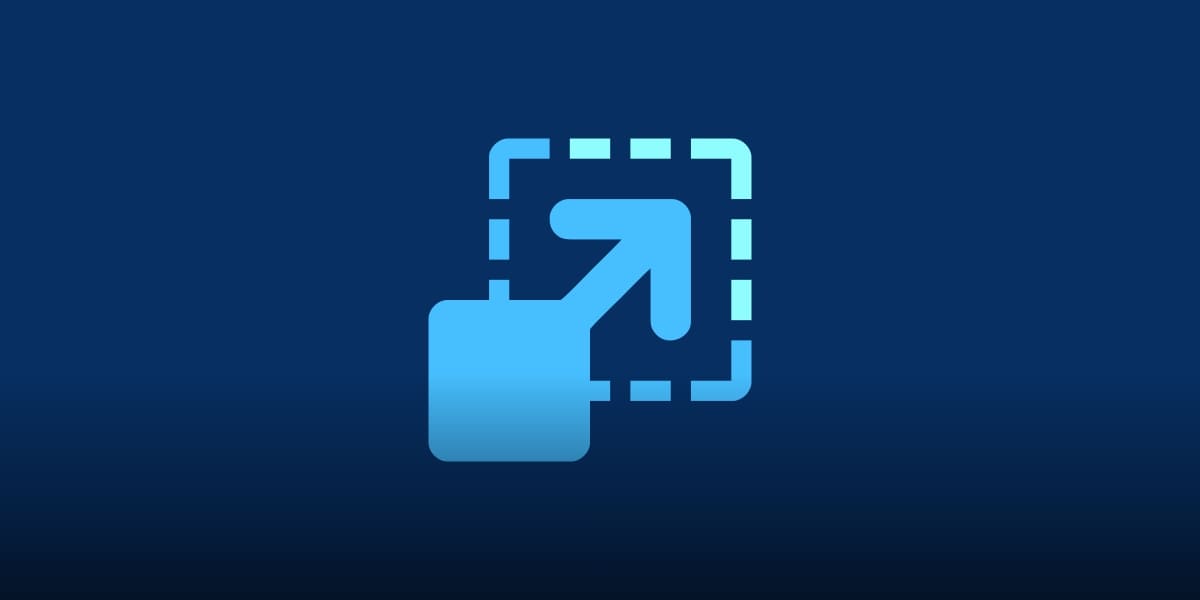
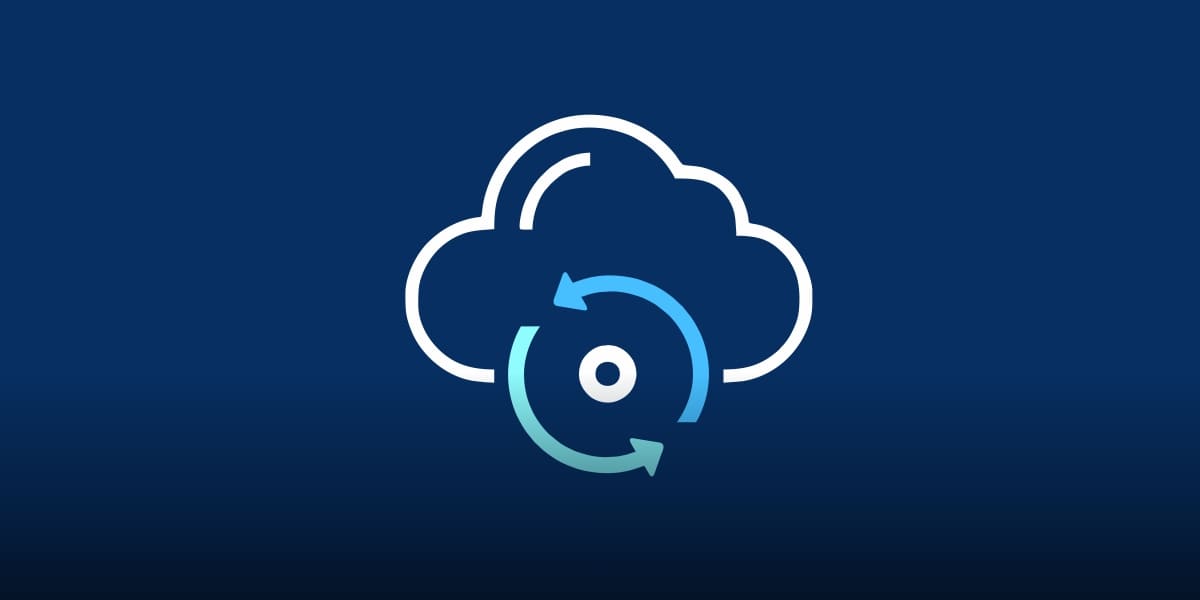
Leave a Reply